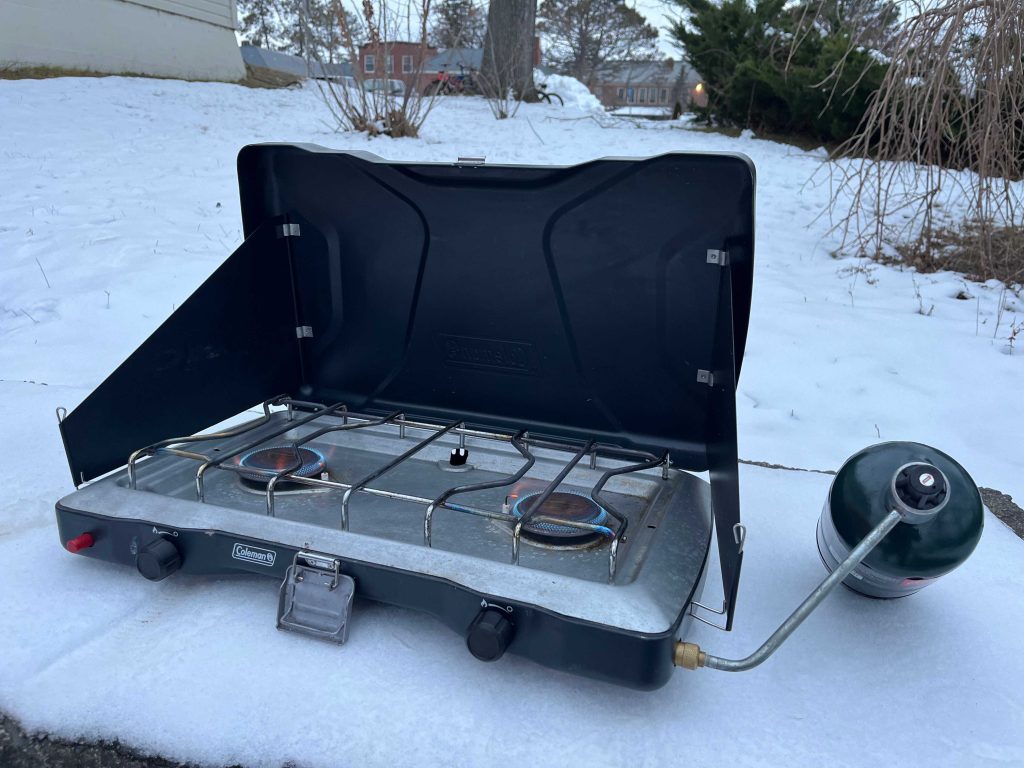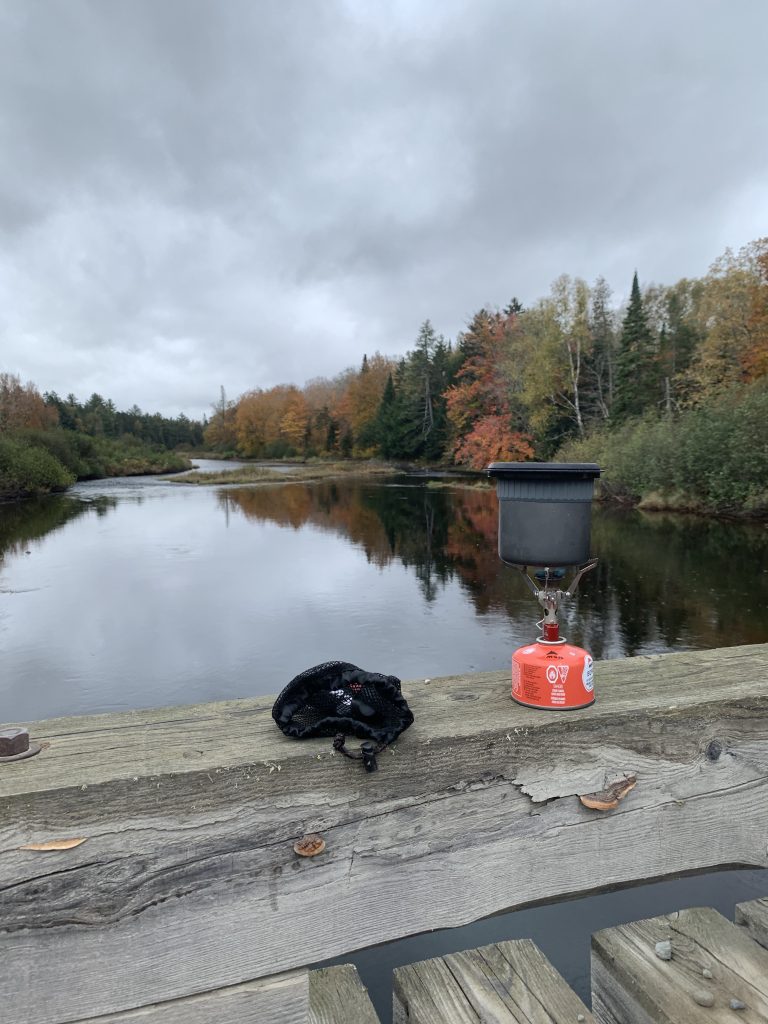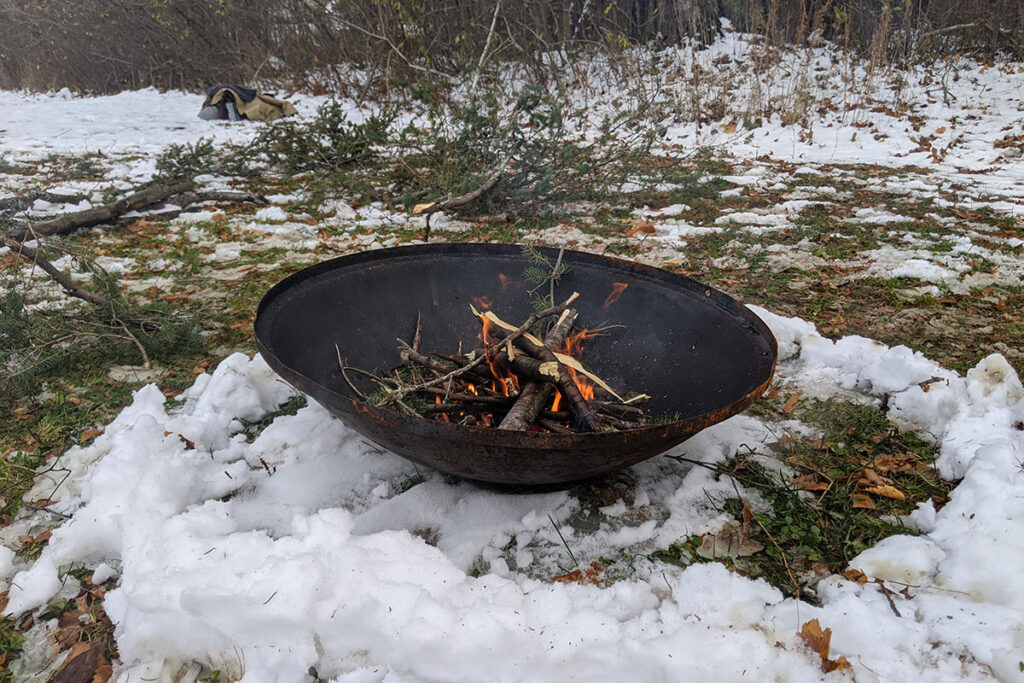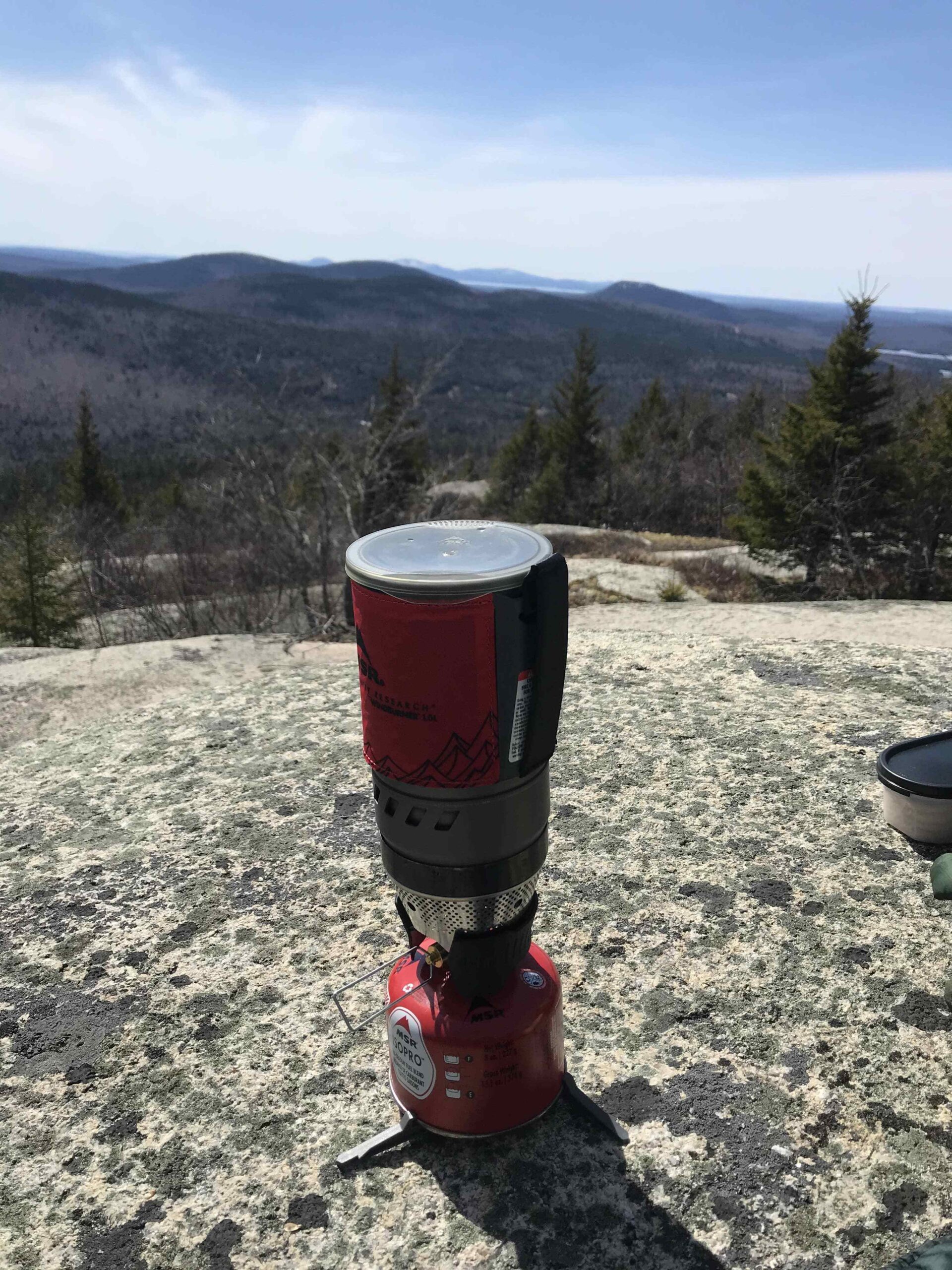Cooking Methods (New)
Stoves (Organized By Fuel Type):

Propane Stoves
- Propane stoves are the most commonly used stoves outdoors. These stoves are easy to lite, cook on, can simmer, and generally have two large burners. While propane gas canisters are easy to find, they will cost you a pretty penny which makes propane stoves one of the more expensive options to use.
White Gas
- White gas stoves while being more time intensive to lite, punch above their weight class with the capabilities they have. White gas stoves are great in cold conditions, easy to clean and maintain, are field repairable, and run off white gas, a cheap and accessible fuel. These stoves typically used canisters of gas that you must pressurize by using a pump. Depending on the stove make or model, some of them simmer better than others. If you are sustainability minded, white gas stoves are great as canisters can be refilled, limiting landfill waste. Industry favorites are the MSR brand of stoves.

Butane (canister stoves)
- These stoves are relatively inexpensive, easy to use and are practical for smaller group adventures where packability and weight are prioritized. These stoves generally run on isobutane canisters which are easy to find and use. These stoves are great for boiling water but struggle with more technique specific cooking (like baking or simmering). The burners are generally small and have a hard time evenly heating up pots or pans larger than a liter. The canisters unfortunately cannot be reused and have to be disposed of.
Solid Fuel
- Solid fuel stoves are fun to use but are not practical for cooking for more than one person at a time. Solid fuel is generally inexpensive, but is hard to find. These stoves run at a lower temperature and lack heat control. Great if you are worried about weight and packability, but not great for group trips. Solid fuel stoves also typically smell a little fishy.
Alcohol
- Alcohol stoves are pretty similar to solid fuel stoves in how they operate and their pros and cons. A major difference between alcohol stoves is that they work decently well in low temperatures, are easy to make with household materials and don’t smell as funky as solid fuel does. Alcohol stoves can be dangerous as they are hard to put out (no off switch) and the flame burns blue which makes it really hard to see. A spill of denatured alcohol fuel can quickly lead to an invisible fire.
Wood
- Some companies make dedicated small stoves that run off wood and other biomass. These stoves are fun to use when you bring your own wood (not a great practice) or the wood around you is dry. These stoves are not permitted in all areas as they are not very LNT friendly.
Gasoline/Diesel/Kerosene
- Companies like MSR make stoves they label as multi-fuel or “international”. These stoves have the ability to run a variety of fuel types and have all of the benefits of white gas stoves. When running fuels other than white gas, these stoves will need to be cleaned more frequently to prevent sooting.
Bonus:
- Box ovens! These can be used for baking in the backcountry, they work very well when used in conjunction with a wide burner stove such as a propane stove.

Over a Fire/Coals
Cooking on a campfire is both fun and tasty! And there are multiple ways to go about it.
Many established campsites have fire rings or fire pits. If you are planning to build a fire for cooking, it is best to use an already-established fire pit. Visit the Minimal Impact Recreation in Maine page to learn more about minimizing the impacts of campfires.
Here are a few options for cooking on a campfire:
Coals
- Allow the charcoal to reach high heat (white hot) so that the food is easy to cook and clean.
- Use natural wood or lump charcoal, and avoid cooking with contaminated fuels.
- Use foil wraps to widen your options!
Flame
- Make sure to use the right firewood! Dry, seasoned wood is best (be sure to check if the location where you are cooking has any specific firewood regulations)
- Use proper gear! Ensure that the gear you are using is metal or specifically suited for the outdoors.
- Avoid foods that create fat or oils as they cook such as bacon, as dangerous flare-ups can occur.
- Utilize a grate or skewers to open up more opportunities for cooking.
Cold Soaking
While by no means an ideal option for cooking in the backcountry, cold soaking is a method in which you take your food and soak it in water 3-5 hours before you plan to eat it. While definitely not the tastiest, this option can get you by if your stove is not working or if you want to camp ultra light! Using this group method for a group trip will make the others choose a different cook the next time around.
- When cold soaking use a watertight container to prevent leaking
- Smaller foods like quinoa and cous cous will cold soak much better than large dried goods like pasta
Stoveless
On some trips (personal trips) you may find yourself not wanting to use a stove. It is easy to go stove less as long as you pack foods that are tasty when cold/uncooked. Think avocado, a bag of beans, and tortilla chips, or a tuna salad wrap. These options are great for a warm solo trip in summer, but they are not worth the weight loss during the other three seasons of the year. In the winter a stove is considered a piece of safety equipment that you should always bring.

